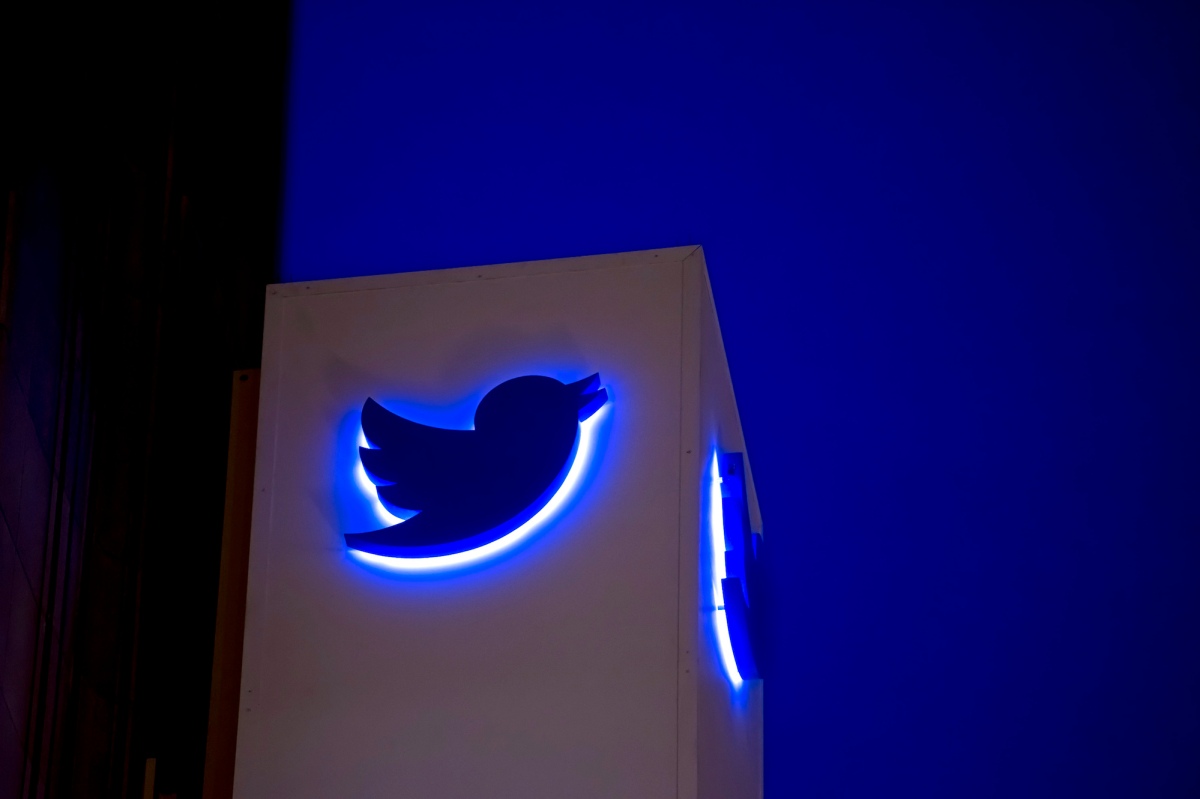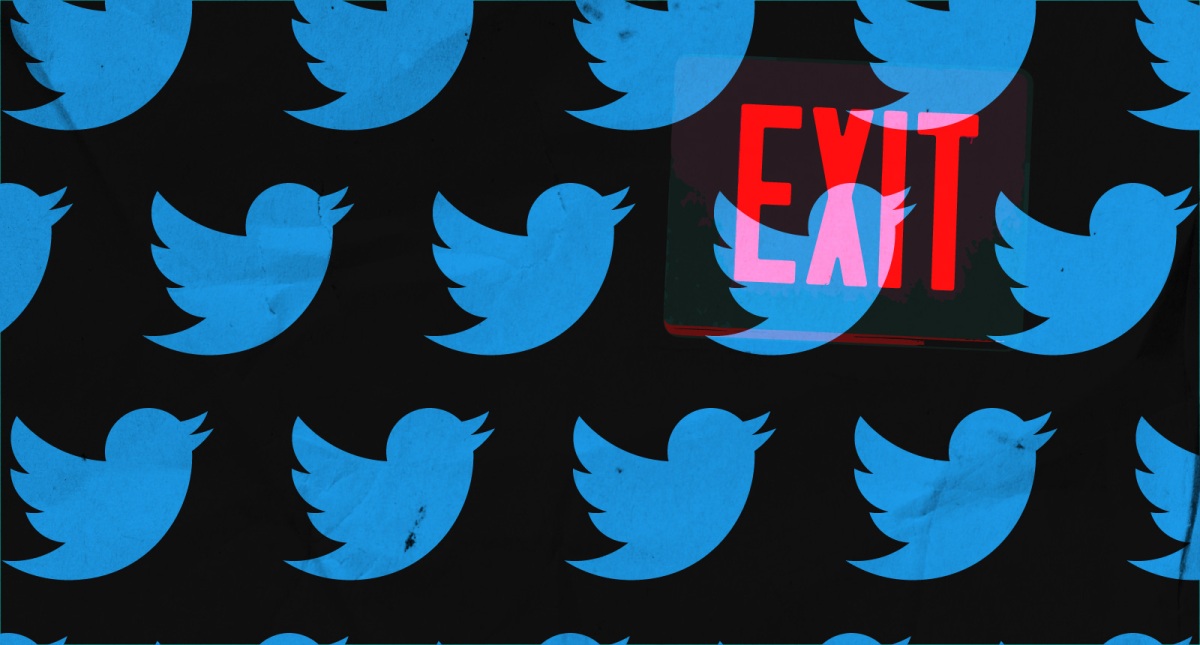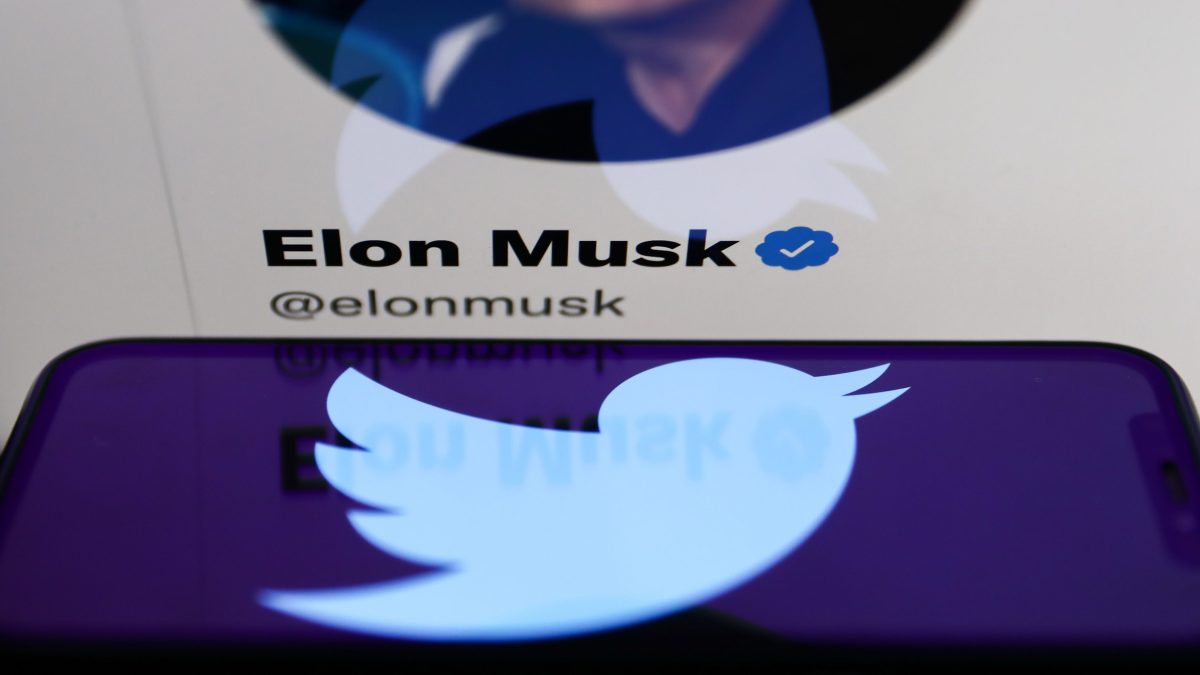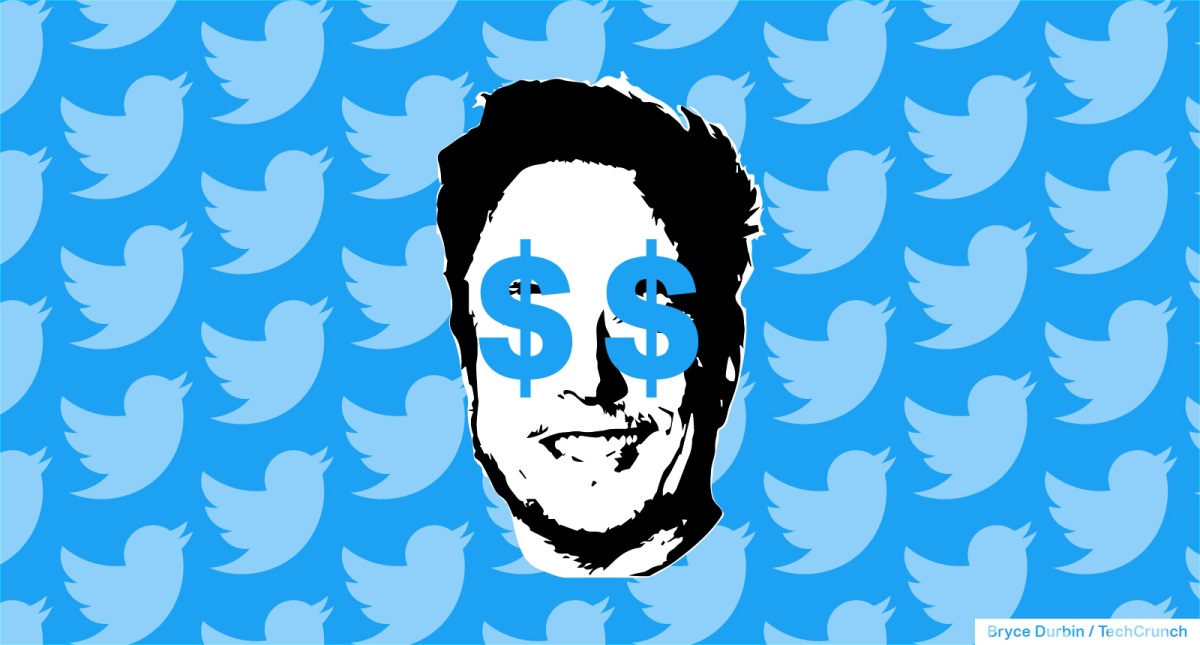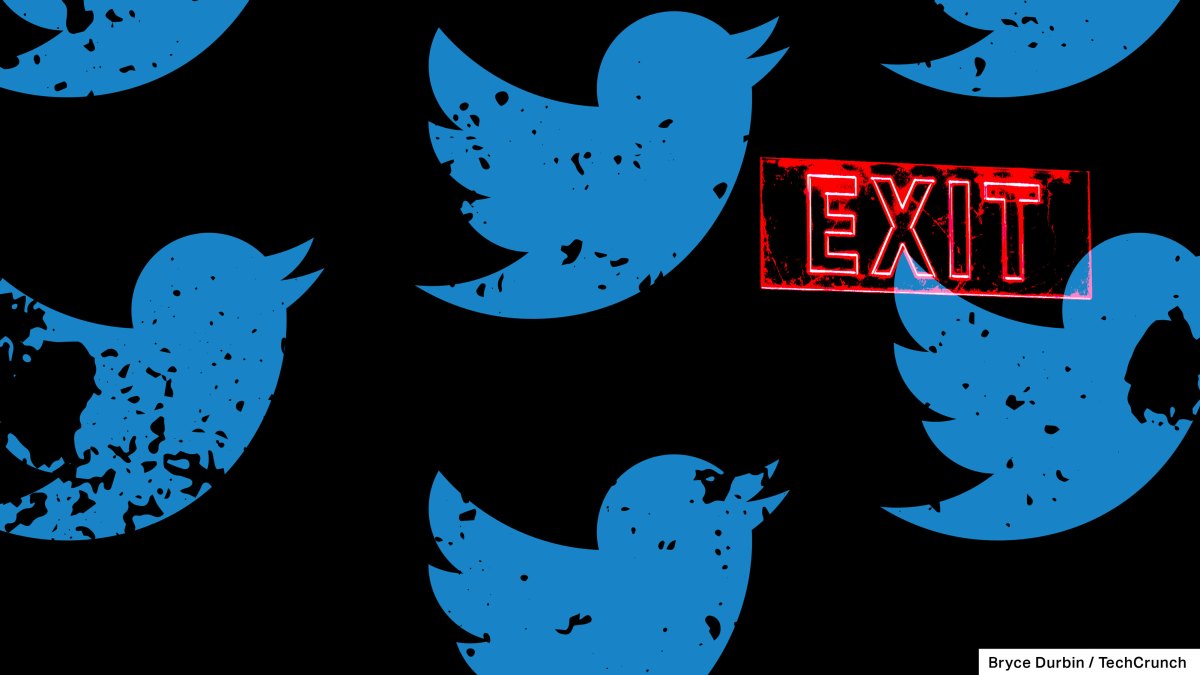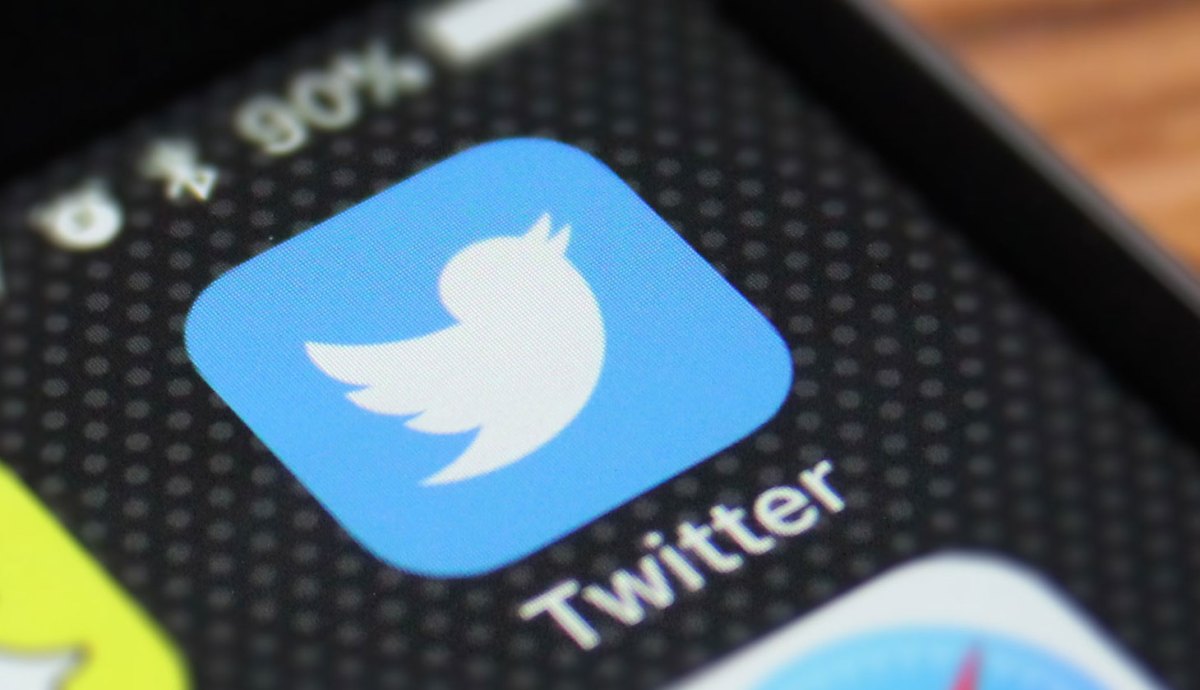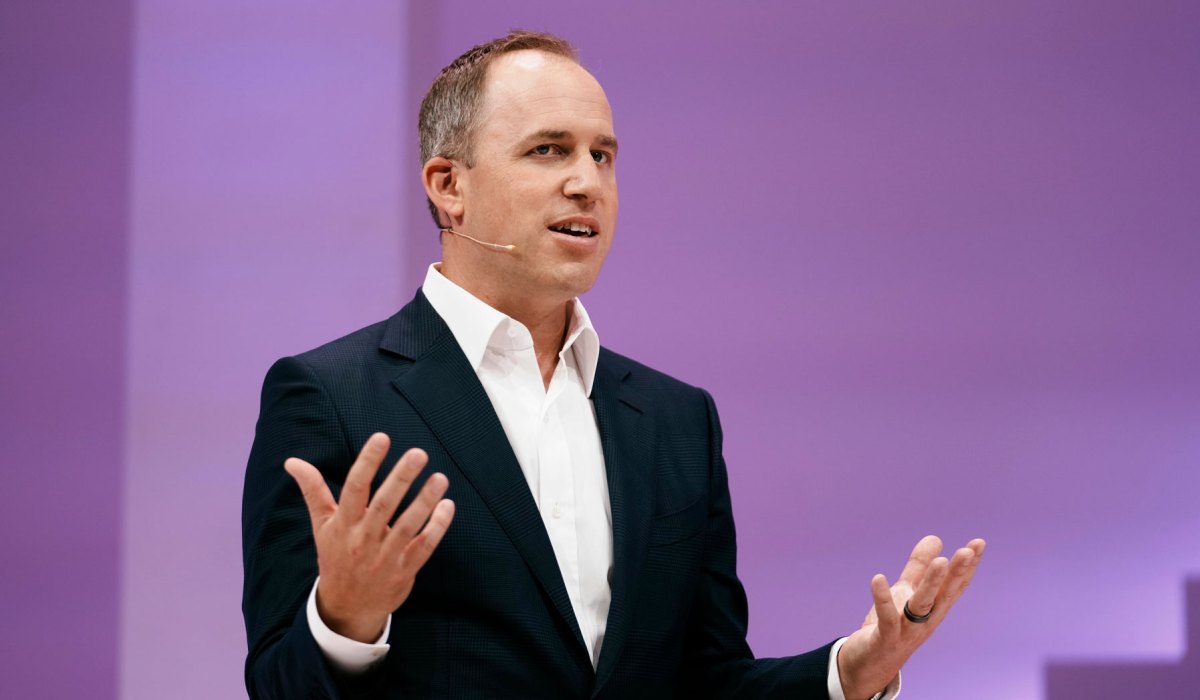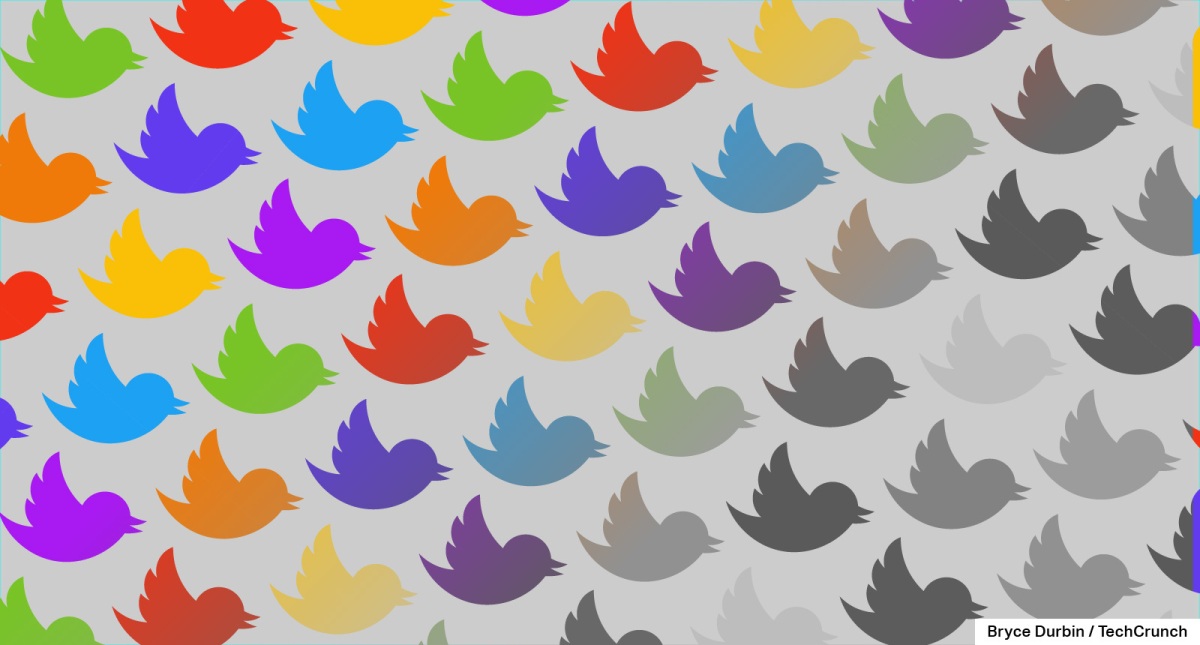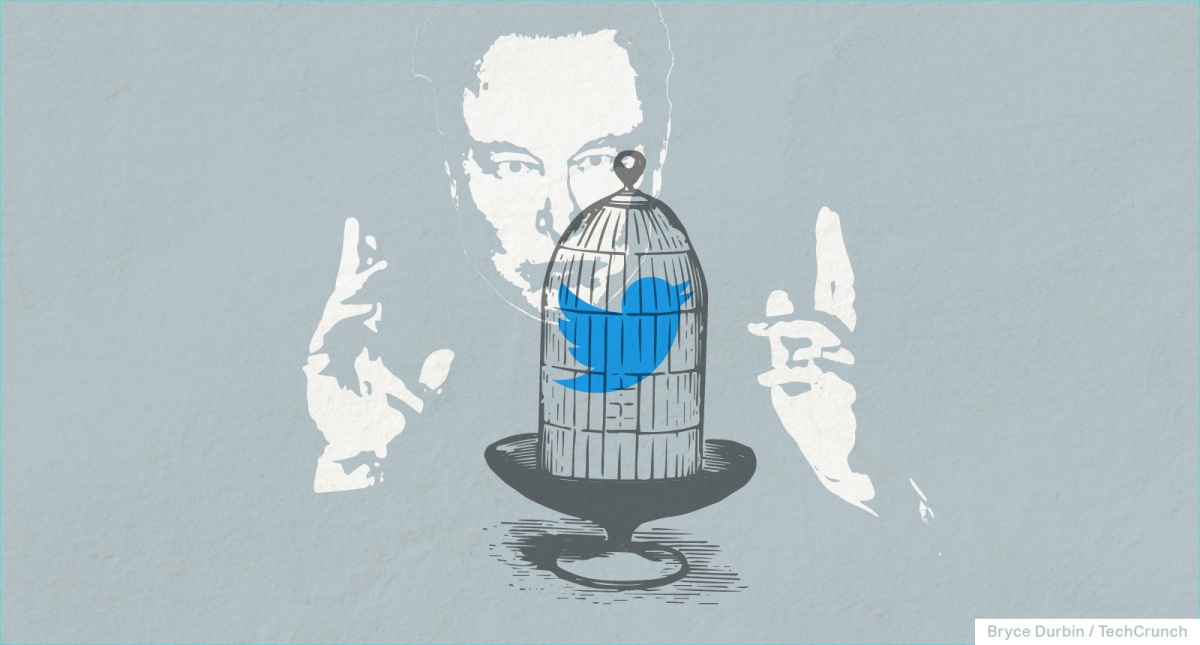Twitter faces a class action lawsuit over mass employee layoffs with proper legal notice • ZebethMedia
Twitter is being sued for not giving employees advanced written notice of a mass layoff, in violation of worker protection laws including the federal Worker Adjustment and Retraining Notification Act as well as the California WARN Act, both of which require 60 days of advance notice. Following Elon Musk’s takeover of Twitter, the company began mass layoffs early on Friday in an effort to reduce costs by eliminating 3,700 jobs, or 50% of its total workforce. Bloomberg first reported the news of the lawsuit, filed on November 3, 2022 in the U.S. District Court in the Northern District of California. The complaint notes that Twitter began its layoffs on November 1, when it terminated the plaintiff in the lawsuit, Emmanuel Cornet, without providing the proper written notice in violation of U.S. and California law. Additional plaintiffs, Justine De Caires, Jessica Pan, and Grae Kindel said they were terminated on November 3 by being locked out of their accounts. Twitter is also enacting widespread layoffs across its workforce today, on Nov. 4, 2022, it stated, adding that California’s Employment Development Department had not received a notice related to the event. The suit reminds the court that Musk had previously laid off employees without notice at another company he owns, Tesla. A federal judge later ruled that Tesla must inform workers of the proposed class action lawsuit, as the termination agreements they had signed may have been misleading and caused them to waive their rights under federal law, Reuters reported at the time. Musk had dismissed that lawsuit as “trivial,” when commenting on the lawsuit at the Qatar Economic Forum organized by Bloomberg. In the new complaint against Twitter, the plaintiffs are asking the court to declare that Twitter has violated the federal and California WARN Acts and certify the case as a class action suit. It’s also asking the court to stop Twitter from having the laid-off employees sign documents that would release their claims without informing them of this lawsuit. And it’s seeking a range of relief, including compensatory damages (including wages owed), as well as declaratory relief, pre- and post-judgment interest, plus other attorneys’ fees and costs. Under Twitter’s takeover deal terms, Musk had agreed to keep employee compensation and benefits the same. That means the laid-off employees should receive 60 days of salary and the cash value of the stock they were to receive within three months of their last date at the company, per law. “Elon Musk, the richest man in the world, has made clear that he believes complying with federal labor laws is ‘trivial’ We have filed this federal complaint to ensure that Twitter should be held accountable to our laws and to prevent Twitter employees from unknowingly signing away their rights.” Shannon Liss-Riordan, one of the attorneys who filed the lawsuit told CNN in a statement. Twitter hasn’t responded to requests for comment — but that could also be because its comms staff has been included in the layoffs. The company has gone about its mass layoffs in a chaotic and fairly cold fashion. Instead of being informed personally, Twitter employees were to receive an email with an update about their employment status by Friday 9 AM PT. If they still had a job, the email would come to their work inbox. If not, they’d receive a personal email as access to internal systems was cut off. A number of Twitter employees around the world have already posted tweets indicating that they have been laid off and are sharing sympathies with their fellow “tweeps.” Twitter also closed its offices temporarily as the layoffs were underway by disabling badge access. The transition has been one of confusion for Twitter staff. It’s been reported that Twitter’s new owner hadn’t officially communicated with employees following the deal’s closure on Oct. 27, leading staff to learn of events by following Musk’s tweets, through private chats, on workplace gossip site Blind, and by reading news media reports. Immediately after the takeover, Musk fired CEO Parag Agrawal, CFO Ned Segal, General Counsel Sean Edgett and Head of Legal Policy, Trust and Safety Vijaya Gadde. Other top executives like Chief Consumer Officer Sarah Personette and Chief of People and Diversity Dalana Brand handed in their resignations the following day. General manager for core technologies Nick Caldwell, Chief marketing officer Leslie Berland, Twitter’s head of product Jay Sullivan, and its vice president of global sales, Jean-Philippe Maheu, have also left. The company canceled its upcoming developer conference Chirp and it appears that Twitter’s head of its developer platform, Amir Shevat, is also out, as he tweeted he’s “better out than in” and thanked the developer community for the amazing journey they had. In addition to reducing the number of employees, Musk has also been overhauling Twitter’s product at a rapid pace. Earlier this week, he announced his intention to enact a new version of the Twitter Blue paid subscription, which will cost $8 per month and offer users the verification check mark, fewer ads, and the ability to post longer videos. According to a report by The Platformer, Twitter is also planning to shut down its long-form writing product Notes and newsletter product Revue, which was acquired in 2021. Tweets indicate that staff that worked on Twitter Communities were also laid off, suggesting that product may also be shut down. The new legal complaint is embedded below. Twitter class action lawsuit over mass layoffs by ZebethMedia on Scribd
